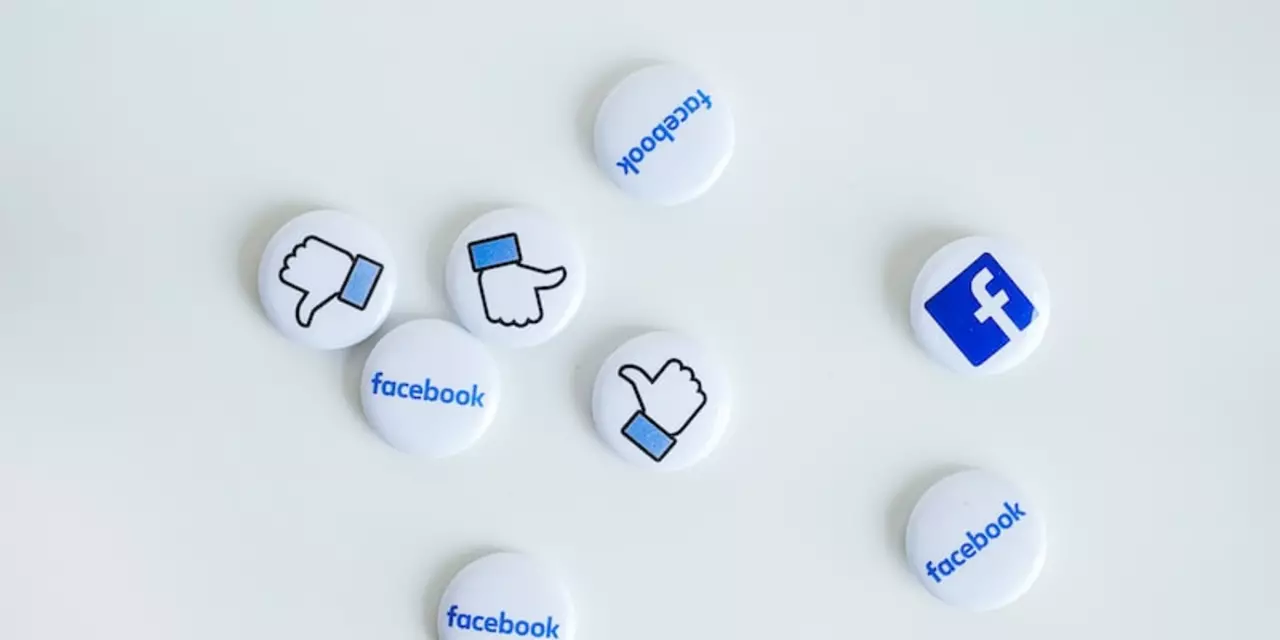Services: Your Quick Guide to Marketing Help and Tips
Looking for a way to grow your business without getting lost in jargon? You’ve landed in the right spot. Below you’ll find plain‑spoken advice on the most common marketing services and how to pick the ones that actually move the needle.
Why Choose the Right Service?
Each service solves a specific problem. SEO gets you free traffic on Google, while Google Ads buys instant visibility. Native advertising lets you earn money by blending brand messages into your content. If you mix traditional and digital tactics, you reach people who still watch TV and those scrolling on phones. Picking the right mix saves time, money, and frustration.
Getting Started with Each Service
SEO (Search Engine Optimization) – Start with keyword research. Find terms your customers type into Google, then weave them naturally into titles, headings, and meta descriptions. Keep your site fast, mobile‑friendly, and full of valuable content. A few solid backlinks from reputable sites will boost authority.
Google Ads – Set a clear goal: clicks, leads, or sales. Create ad groups that match specific keywords and write short, punchy copy with a strong call‑to‑action. Use ad extensions to show extra info like phone numbers or site links. Track performance daily and pause ads that don’t deliver.
Inbound Marketing – Offer free, high‑quality content that solves a problem for your audience – blog posts, guides, webinars. Capture visitors’ emails with simple forms, then nurture them with a drip email series. The goal is to turn strangers into loyal customers without hard‑selling.
Native Advertising – Choose brands that fit your readers’ interests. Write a story or review that naturally includes the product, then disclose the partnership clearly. Good native ads feel like regular content, so readers stay engaged and click through.
Banner Ad Fill Rates – Fill rates dip when inventory is low or when ad quality is poor. Boost them by increasing traffic, improving ad placement, and working with reputable demand partners. A higher fill rate means more revenue from the same page views.
Marketing Automation – Think beyond email. Use tools to personalize website experiences, score leads, and segment customers based on behavior. Automation frees up time and ensures each prospect gets the right message at the right moment.
Display Advertising Types – Choose static image ads for quick brand awareness, rich media for interactive experiences, video ads for storytelling, and retargeting ads to bring back visitors who left without converting.
SMS Marketing – Keep messages short, relevant, and timed well. Ask for explicit opt‑in, then send offers, alerts, or reminders. A well‑crafted SMS can achieve click‑through rates far higher than email.
Digital Marketing Budget – Start with your business goals. Allocate funds to the channels that deliver the best ROI: a mix of SEO, paid ads, content creation, and social media. Review the budget monthly and shift money toward high‑performing activities.
Putting these services together into a cohesive plan doesn’t have to be overwhelming. Pick one or two to start, measure results, and scale up what works. The key is to stay focused on real outcomes—more traffic, more leads, more sales—and to keep testing until you find the sweet spot for your business.
- Dustin Chamberlain
- 0
What are some examples of digital marketing services?
Digital marketing services are marketing strategies used to reach customers through digital channels, such as search engines, websites, social media, email, and mobile apps. Examples of digital marketing services include search engine optimization, content marketing, social media marketing, pay-per-click advertising, video marketing, and email marketing. Businesses can use digital marketing services to reach more customers, increase engagement with existing customers, and increase brand awareness. Digital marketing services can also help businesses better understand their customers, track metrics, and measure the effectiveness of their campaigns. Overall, digital marketing services are an effective way for businesses to reach their target audience and grow their customer base.
Read more